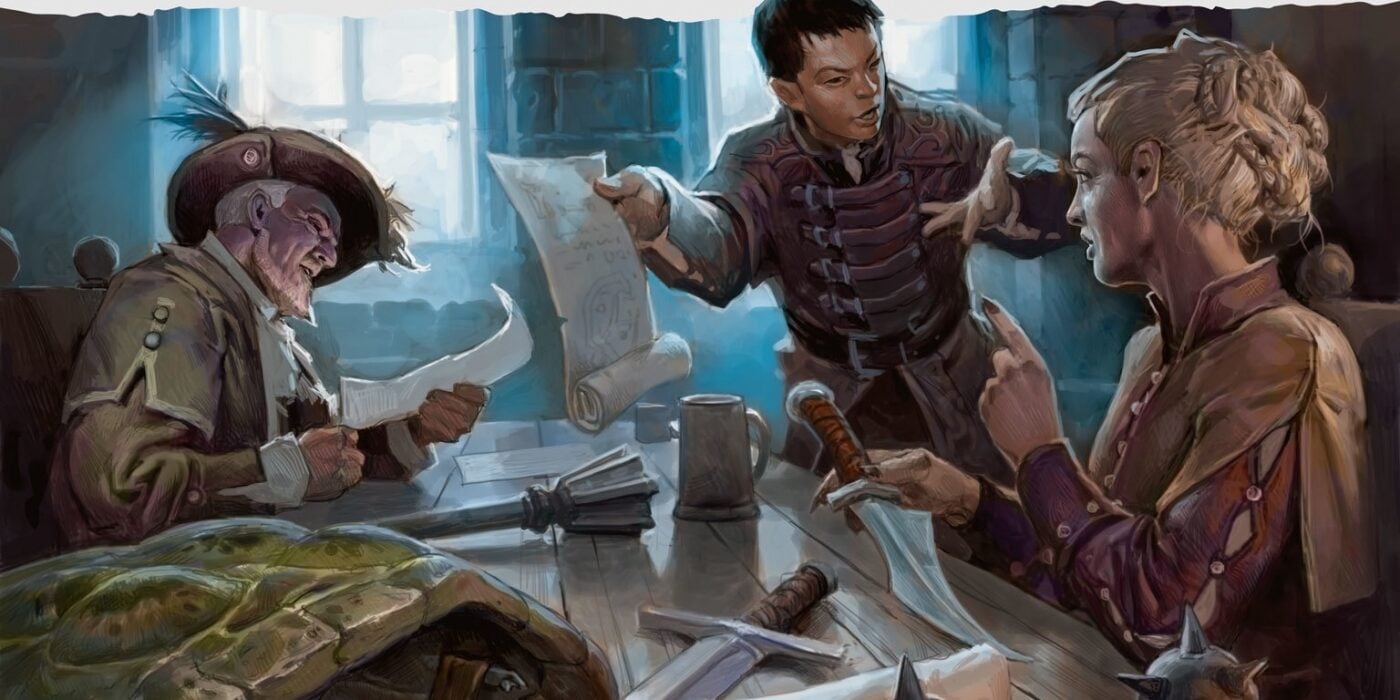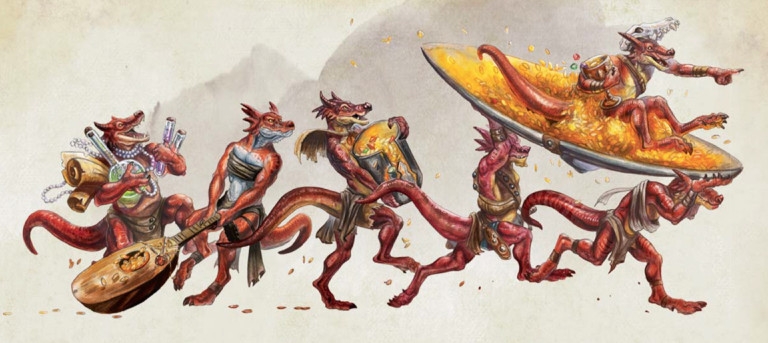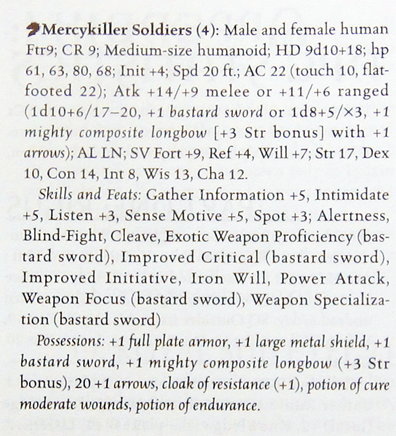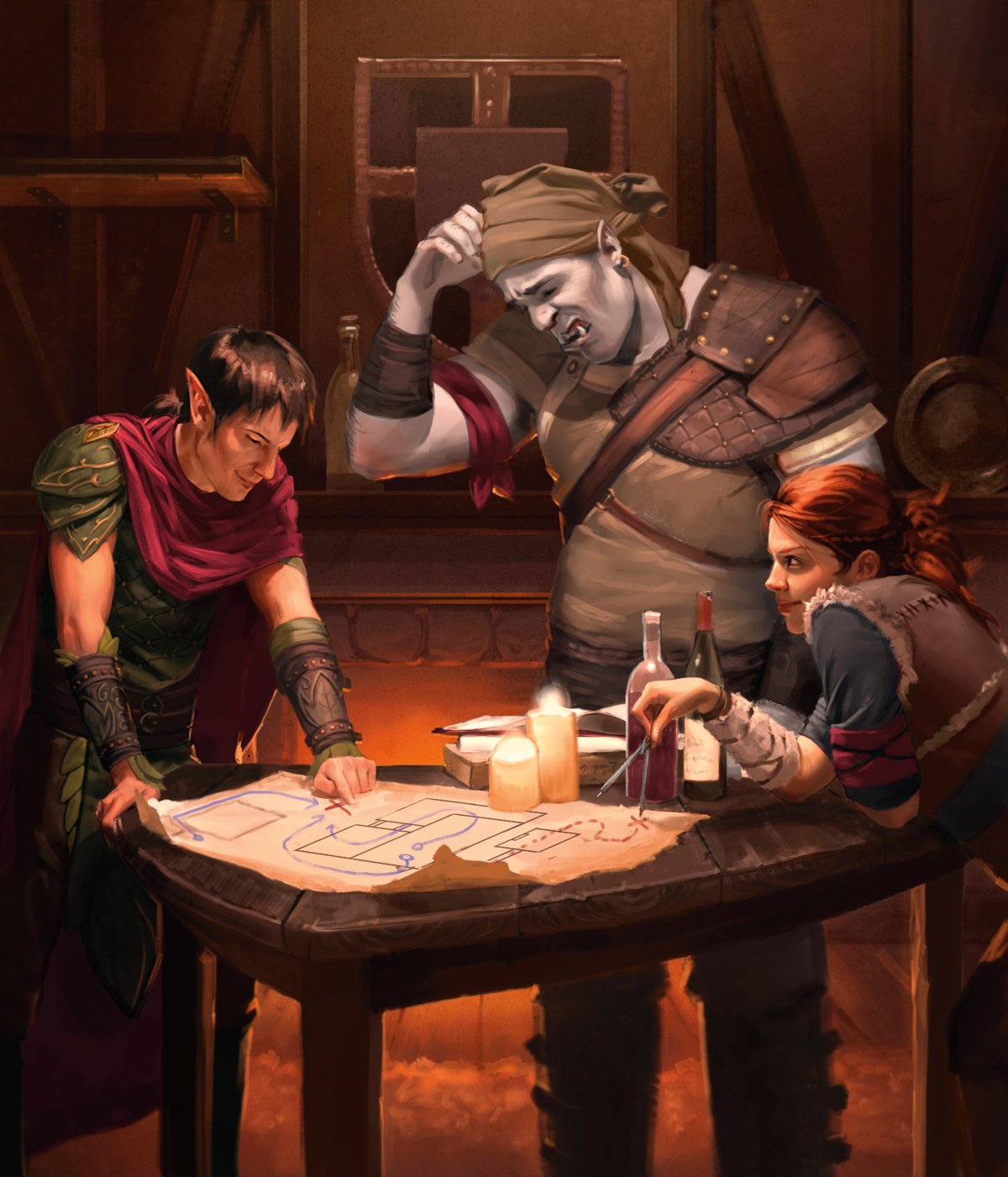D&D: Matt Colville On 5th Edition’s Rulings, Not Rules


Are you a joyless pedant who can no longer feel joy but has settled for feeling “correct” instead? Well Matt Colville’s latest video is for you.
One of the big tenets of 5th Edition D&D is the phrase “Rulings, not Rules.” Which, in a nutshell, means embracing the fluid nature of collective storytelling, and not getting bogged down by little details when they should come up. DMs are encouraged to make a ruling on the spot, move on with the game, and get right back to the fun of hacking down a door, looting treasure, and so on.
Later on, you can go back and look at the rules and keep moving forward. Of course, look at any forum dedicated to D&D 5th Edition and you’ll find people talking about the most optimized ways to play, looking at how to get the most out of the rules. Matt Colville, designer behind Strongholds & Followers and Kingdoms & Warfare, two of the biggest D&D Kickstarters of all time, has a new video that talks about what made 3rd Edition D&D work so well–and why 5th Edition D&D is about as far from that as you can get.
No one comes and gives you an award for running the game 100% by the rules. Make a fair ruling on the fly, and move on. You can look up the rule later!
It all boils down to a story about someone watching a game of 3rd edition. Colville describes a focus tester who said “that’s about thirty minutes of fun packed into three hours.” And if you played 3rd Edition, you understand.
That game was dense. If you don’t know what I mean, go and make a character in the system–well, don’t actually, it’s 2021, nobody has four (at least) free hours in a row anymore. But a big part of what made 3rd Edition really work was how robust the rules were. There were systems in place for building a player character who would do anything and everything.
And if the rules didn’t cover it, well, wait a month and a splatbook would have you covered. But if you were running the game, or playing at any level beyond 3rd? Get ready for a serious case of rules crashing into each other. Colville talks about taking six hours to design one enemy, combing through a combination of feats and classes and prestige classes necessary to let an enemy use their whip to disarm an opponent, grab the disarmed weapon, and attack with it.
In later editions, you could just make that a single special action available to the character. When monsters have multiattacks and special combos that come out in their stat block actions, it’s so much easier to run them. To do it, you just do it. Contrast that with 3rd Edition, where if you wanted a troll to swing a massive log in such a way that it would hit everyone, you had to get out the books and show your work.
What Colville’s getting at is that somewhere along the way, the focus of the game shifted. People found a lot of joy in playing by more robust rules that weren’t around for earlier editions–but there came a tipping point at which they became too complex and started getting in the way of the fun. That brought us things like 3.5 Edition and the dramatic change to 4th and later 5th which are both more flexible designs.
These editions want you to play, not argue about the rules. And that, Colville posits, is what D&D is all about, the fun of breaking the rules for the sake of your game. Of course you have to have the rules and follow them in order to break them–Colville understands that. And in the commentary of the video mentions that consistency in rulings is equally important.
It’s the secret missing DM sauce–if you’re consistent with your rulings, then players feel that the world works a way they can figure out. That’s what keeps people coming back.
Happy Adventuring






